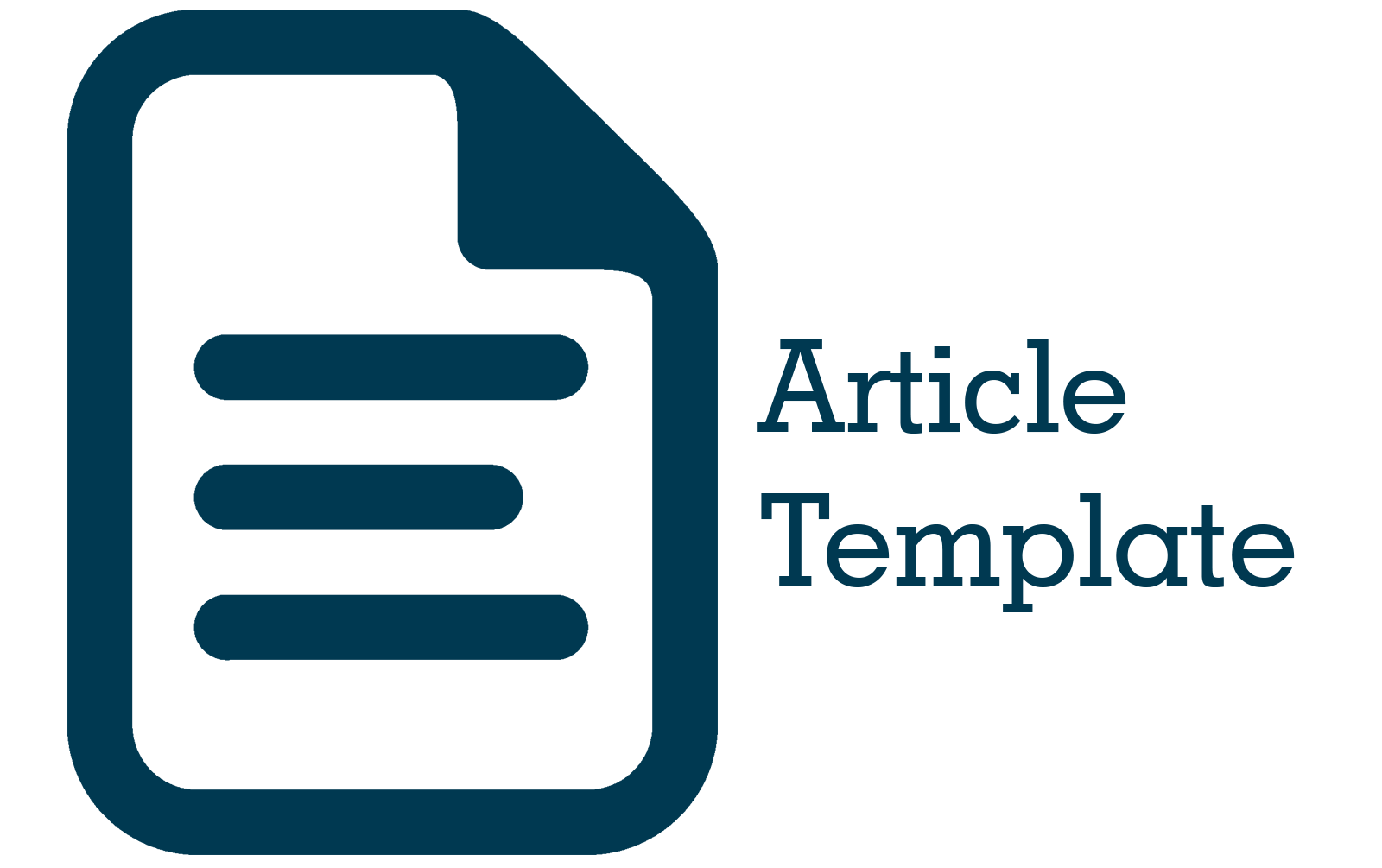Pengukuran Risiko Kerja Menggunakan Metode Workplace Ergonomic Risk Assessment (WERA)
Abstract
Abstract. Musculoskeletal Disorders (MSDs) affect tissues throughout the body including the nerves and tendon sheaths, and sometimes involve the arms and back. Repetitive motion and vigorous exertion are risk factors for upper extreme disorders such as heavy lifting, bending and twisting. CV HER-5 Engineering Manufacturing is engaged in the automotive industry, with the products produced namely motor body spare parts. The spare part product currently being worked on by the company is the swing arm. The results of initial observations, obtained information about production costs increasing because there are many defective products. This is because defective products must be reprocessed. The most defects are in the wrong hole size. The hole size is not correct because the position of the component to be processed does not match the position of the drill bit. During the work, there is an unnatural operator working position. This is because the operator sits on a round bench with a diameter of 35 cm, a bench height of 15 cm and a diameter of 27 cm. In addition, operator space is limited because there is no place to store components. Based on the existing problems, this study aims to identify work risks. The Workplace Ergonomics Risk Assessment (WERA) measurement method is used for work risk assessment. The final risk assessment score shows a value between 34 – 42. The final score is in the range of medium or moderate risk levels. This indicates that the work requires further investigation and requires improvement. The work facilities designed are a Drilling Machine table with a table length of 156 cm, width 58 cm, height 116 cm.
Keywords: Musculoskeletal Disorders (MSDs), Workplace Ergonomic Risk Assessment (WERA), Anthropometri.
Abstrak. Muskuloskeletal Disorders (MSDs) berpengaruh terhadap jaringan bagian tubuh termasuk saraf dan selubung tendon, dan terkadang melibatkan lengan maupun punggung. Gerakan berulang dan pengerahan tenaga yang kuat merupakan faktor risiko yang untuk gangguan ekstrim seperti angkat berat, membungkuk, serta memutar. CV HER-5 Engineering Manufacturing bergerak di bidang industri otomotif, dengan produk yang dihasilkan yaitu spare part body motor. Produk spare part yang saat ini sedang dikerjakan oleh perusahaan adalah swing arm. Hasil pengamatan awal, diperoleh informasi mengenai biaya produksi semakin meningkat karena banyak produk cacat. Hal ini dikarenakan produk cacat harus diproses ulang. Cacat terbanyak terdapat pada ukuran lubang tidak tepat. Ukuran lubang tidak tepat dikarenakan posisi komponen yang akan di proses tidak sesuai dengan posisi mata bor. Selama melakukan pekerjaannya, terdapat posisi kerja operator tidak alamiah. Hal ini disebabkan operator duduk di bangku bulat berukuran diameter alas bangku 35 cm, tinggi bangku 15 cm dan diameter alas duduk 27 cm. Selain itu, ruang gerak operator terbatas karena tidak ada tempat penyimpanan komponen. Berdasarkan permasalahan yang ada, penelitian ini bertujuan untuk identifikasi risiko kerja. Metode pengukuran Workplace Ergonomi Risk Assesment (WERA) digunakan untuk penilaian risiko kerja. Skor akhir penilaian risiko menunjukkan nilai antara 34 – 42. Skor akhir tersebut terdapat pada rentang level risiko medium atau sedang. Hal ini menunjukkan bahwa pekerjaan tersebut memerlukan penyelidikan lebih lanjut dan memerlukan perbaikan. Oleh karena itu, perbaikan yang akan dilakukan dengan merancang fasilitas kerja. Fasilitas kerja yang dirancang yaitu meja Mesin Bor dengan ukuran panjang meja 156 cm, lebar 58 cm, tinggi 116 cm.
Kata Kunci: Musculoskeletal Disorders (MSDs), Workplace Ergonomic Risk Assesment (WERA), Antropometri.











